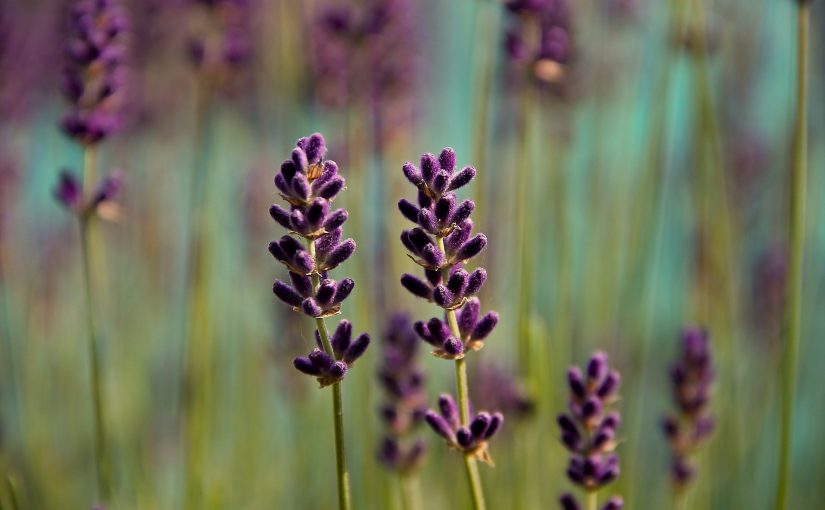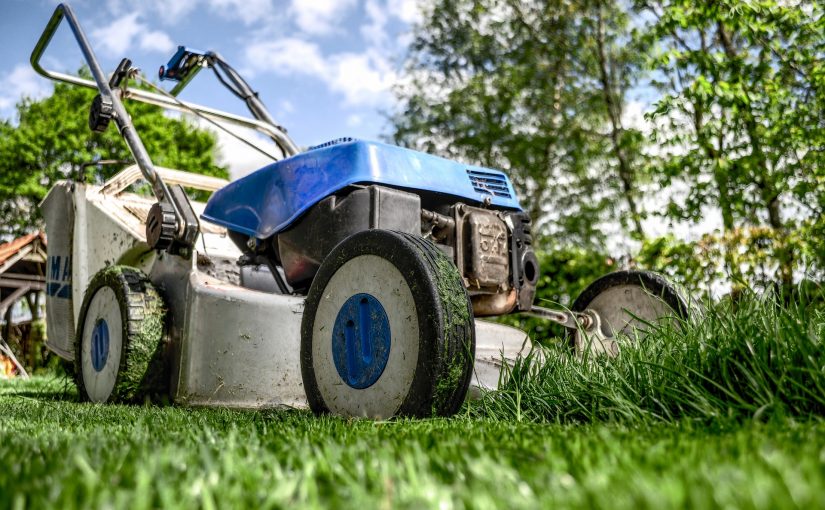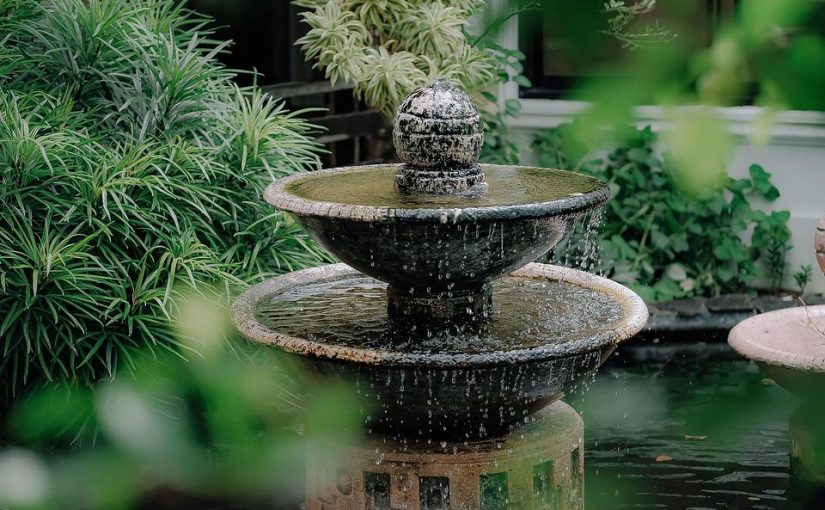Maintaining a beautiful garden requires hard work, dedication, and care. But what happens when that hard work leads to a piling up of garden rubbish that threatens to mar the beauty of your carefully crafted garden? That’s where garden rubbish removal comes in. Removing garden rubbish is an important part of garden maintenance that enables you to keep your garden pristine all year round.
Effective garden rubbish removal requires careful planning and organization. Here are some tips to help you remove rubbish from your garden effectively:
Schedule Regular Cleanings
The first step in effective garden rubbish removal is to schedule regular cleanings. This will help prevent rubbish from building up and becoming a huge task to handle. Depending on the size of your garden, you may need to schedule a weekly or bi-weekly cleaning. Make it part of your routine to remove broken branches, fallen leaves, and other debris so that your garden always looks picture perfect.
Sort and Separate Garden Waste
It’s important to sort and separate garden waste before disposing of it. This means separating biodegradable and non-biodegradable material. Biodegradable materials such as leaves, tree branches, and grass clippings can be composted and used to enrich your garden soil. Non-biodegradable materials such as plastic bags or bottles should be taken to the local landfill or recycling center.
Invest in Garden Rubbish Removal Tools
Having the right tools is essential for effective garden rubbish removal. An adjustable rake, a large bin or bag, and a pair of garden gloves are all important tools to have. The right tools make it easy to pick up garden waste and carry it away. It’s worth investing in good quality tools that will last for several gardening seasons.
Consider Hiring a Professional Rubbish Removal Service
If you have a large garden and don’t have the time or expertise to remove garden rubbish yourself, consider hiring a professional rubbish removal service. They have the tools and expertise needed to handle waste removal tasks of all sizes. A professional garden rubbish removal service will make sure your garden is always free of debris and waste, while you sit back and enjoy the beauty of your garden.
Garden rubbish removal is an important part of any garden maintenance routine. A neat and clean garden enhances the beauty of your home and helps to maintain a healthy environment. With the right tools and techniques, you can easily remove garden rubbish and keep your garden in tip-top shape. Take care of your garden, and it will take care of you.









